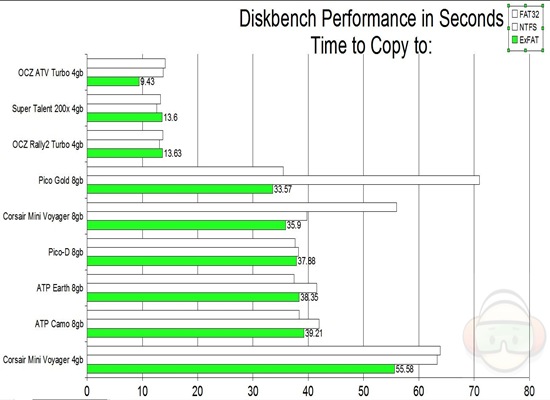

However, rather than a single, standard model, there are various options that excel in different areas. Operating systems would struggle to function without a filesystem. What’s the Difference Between FAT32, NTFS, exFAT, HFS, EXT3, EXT4?

It is one of the most popular clustered file systems due to its strong ability to avoid corruption and data loss while providing a consistent view of the file system. Deployment in this way provides several benefits, including redundancy if one filesystem fails and the ability to share available storage and hardware capacity.Įxamples: Blue Whale Clustered file system, Global File System, VMware VMFS, Oracle Cluster File SystemĪ shared-disk filesystem is a type of clustered filesystem that uses a storage area network (SAN) spread across multiple computers for direct disk access at the block level. Examples of read-only file systems include EROFS and SquashFX, both of which are designed to reduce file size and improve performance.Ī clustered file system is mounted across several storage servers simultaneously but can be managed and interacted with as if it were one system. They cannot add, edit, or otherwise modify data within the file system. The file system it stacks on is known as the lower file system, while the stackable file system is known as the upper file system.Ī read-only file system limits the user’s actions to reading or copying stored data. Rather than storing data itself, a stackable file system uses another file system for its storage.
Ntfs vs fat32 code#
Importantly, they can do so without editing kernel code by running the system code in user space with the FUSE kernel module acting as a bridge. Though both of these methods can return the filesystem to a valid state, data-mode journaling offers the best protection against corruption.įUSE, or Filesystem in Userspace is an interface typically for Unix and Unix-like OSes that allows non-privileged users to create their own file systems. Some journaling systems only keep track of stored metadata (ordered-mode journaling) for performance reasons, others track both stored data and metadata (data-mode journaling).
Ntfs vs fat32 windows#
This was subsequently implemented in Microsoft’s Windows NT’s NTFS filesystem in 1993 and in Linux’s ext3 filesystem in 2001. In 1990 IBM JFS, introduced with AIX 3.1, was one of the first UNIX commercial filesystems that implemented journaling. By recording even changes in data structure that are yet to be committed, it can be utilized to repair inconsistencies caused by crashes or power failures. A journaled filesystem records the intended changes to data in a file known as a journal. Journaling filesystems are one of the most popular types. Types of Filesystemsīroadly, file systems can be broken up into six categories: You can think of it as a carefully labeled filing cabinet rather than a single giant scroll filled with random unchronological notes. They're just not very compressible by standard means.A filesystem, then, groups data into logical pieces (files), names them, attaches labels and metadata, and determines the permission system needed to access them. I can see if you using the disk for other 4gb+ files aside from Wii games but that's not my caseĮdit : Sorry, I've been corrected. wbfs files are already compressed and have the disk padding removed.
Ntfs vs fat32 portable#
If you want to protect it, they can just plug it into a computer that'll with software that'll ignore the security.ĮNCRYPTION has no use on the Wii and kinda makes having a PORTABLE hard drive useless since only ONE computer will be able to read it outside of a domain network.ĬOMPRESSION is not all that useful when. The other "benefits" of NTFS or EXT# don't really amount to much to me. The only benefit I see in NTFS is the 4gb+ files and that is overcome by being able to split the files in the /wbfs/ folder. The ONLY thing that can't use a FAT32 partition with a /wbfs/ folder is uLoader (which can use FAT32 but it needs to be a /cios/ folder). I used to use WBFS but when I realized loaders supported FAT32 I switched.


 0 kommentar(er)
0 kommentar(er)
